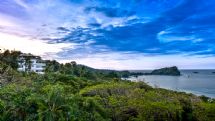Scarlet Macaws prove to be one of the more vibrant residents of Costa Rica
Scarlet Macaw in Tree
The colorful scarlet macaw is one of the most famous tropical birds in the world, making it a popular sight for avian enthusiasts exploring the rainforests of Costa Rica.
Where To See It
This brightly hued bird covers a wide range of countries, living in forests from Mexico all the way down to the central region of South America. Travelers in Costa Rica are more likely to see the species when they're traveling on the Pacific Coast, particularly if they are visiting Corcovado National Park, Carara National Park and Palo Verde National Park. The scientific name of the bird is Ara macao, while Spanish-speaking locals call the scarlet macaw either the Guacamayo Rojo or the Lapa Rojo.
Colorful Bird
When many people think of parrots, they envision the plumage of the scarlet macaw. This species is famous for its vivid red feathers, which cover its back, head and the lower part of its tail. The bird also features stripes of bold blue and yellow on its wings and lower back, while it has pinkish-white facial skin and an ivory and black bill. Relative to other macaws, this variety is medium-sized, measuring 32 inches long and weighing 2.2 pounds on average. Most wild scarlet macaws live between 30 and 40 years, but they have been known to live up to 50 years in captivity. They tend to be very intelligent and are even capable of mimicking human language.
Diet
Scarlet macaws have a diverse diet, feeding on many different kinds of food found throughout their habitat in the canopy of the rainforest. In particular, they often eat fruits, nuts and seeds, although they are also known to consume nectar and buds. Some that live in the Amazon are even known to eat clay, with scientists speculating that this neutralizes toxins found in the local foods they eat.
Flying families
While it may be easy to spot the scarlet macaw against the lush green backdrop of the Costa Rican rainforest, it is even easier to hear them. As strong migratory birds, the macaws have adapted a low-pitched and throaty squawk intended to reverberate for miles. Compound this voluminous call with the fact that mating pairs will often travel with their young in family units for upwards of a year after their hatching, and the birds can be quite easy to find.
Conservation Efforts
Although this species is rated as one of "least concern" by the International Union for Conservation of Nature, its habitat and population in Costa Rica has shrunk over the last century. This decline was attributable to deforestation in the early part of the 20th century, while populations have also been affected by the birds being taken as pets. While they once covered much of the country, scarlet macaws are now primarily found in restricted regions on Costa Rica's Pacific Coast, where they are protected from further harm by ongoing conservation efforts.
7 Days / 6 Nights
Starting at $978 per person
10 Days / 9 Nights
Starting at $1,440 per person




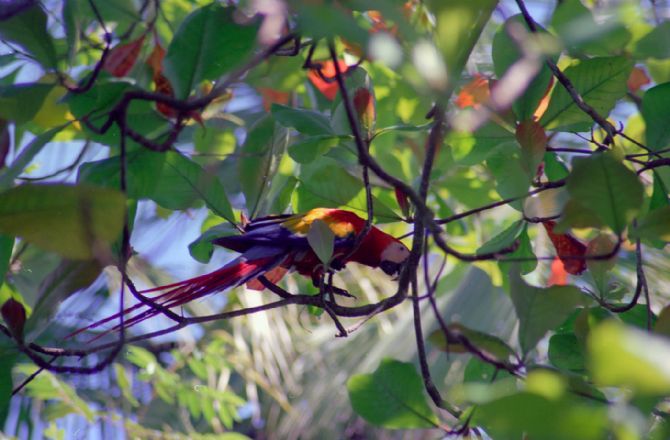
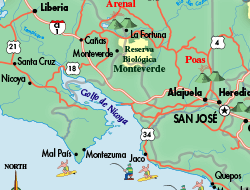
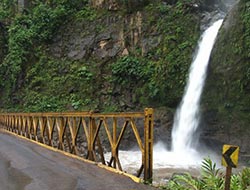

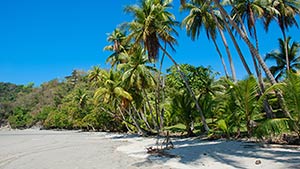



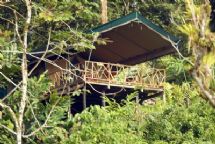
.jpg)


